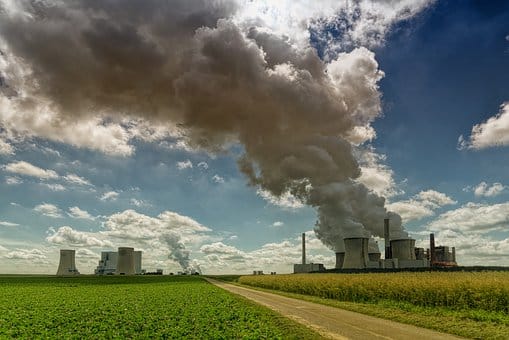U.S. Energy Department Announces $6 Billion for Industrial Decarbonization Projects

The U.S. Energy Department on March 25 announced up to $6 billion for 33 industrial decarbonization projects spanning over 20 states. This marks the single largest industrial decarbonization investment in the U.S. These initiatives prioritize community engagement through comprehensive Community Benefits Plans, aiming to foster local economic development and environmental improvement. The funding, supported by the 2021 Infrastructure Investment and Jobs Act and the 2022 Inflation Reduction Act, is specifically aimed at addressing energy-intensive industries that are hard to decarbonize and the funded projects are expected to slash emissions by 77 percent. Apart from reducing emissions, the initiative is expected to create jobs, revitalize industrial communities, and enhance the nation’s manufacturing competitiveness.
Focused on industries like aluminum, metals, cement, chemicals, and steel, the selected projects are projected to annually reduce over 14 million metric tons of carbon dioxide emissions. Nearly 80 percent of these projects are located in disadvantaged communities, aligning with the Justice40 Initiative to foster job creation and achieve a net-zero emissions economy by 2050.
The industrial sector accounts for about one-third of U.S. greenhouse gas emissions. This significant federal investment, matched by the selected projects, will leverage over $20 billion in total funding to showcase commercial-scale decarbonization solutions, essential for transitioning the industrial sector toward achieving net-zero emissions.
Selected project areas include:
- In chemicals and refining, the focus is on leveraging carbon intensity to advantage and transitioning to decarbonized alternatives.
- Cement and concrete projects target the elimination of CO2 emissions and the development of pathways for lower or zero-emission production.
- Iron and steel initiatives aim to eliminate emissions through hydrogen-powered facilities, revolutionizing steelmaking processes.
- Aluminum and metals projects aim to revive the domestic industry, enhance recycling, and strengthen supply chains for critical sectors.
- Food and beverage projects prioritize energy-efficient solutions for process heat, reducing emissions in everyday products.
- Glass projects validate hybrid furnaces for low-emission production, contributing to emissions reduction in high-temperature processes.
- Process heat projects focus on lowering emissions through electric boilers and steam production across industries.
- Pulp and paper projects optimize energy efficiency through novel membrane technologies, with potential applications in various sectors.
In September 2022, the department released a comprehensive roadmap identifying four key pathways to reduce industrial emissions in U.S. manufacturing: energy efficiency, electrification, use of low-carbon energy resources, and carbon capture. The roadmap encourages the use of nuclear energy for heat and electricity, renewables, clean hydrogen, and biofuels. The report underscores the importance of reducing emissions across five industry segments, iron and steel, cement and concrete, food and beverage, chemical manufacturing, and petroleum refining.
The 33 projects fall under the Industrial Demonstrations Program managed by the department’s Office of Clean Energy Demonstrations. The office will organize virtual briefings on the selected projects, discussing its approach on clean energy demonstrations, and providing opportunities for industry and communities for detailed discussions on specific projects of interest. Projects will be evaluated in phases, emphasizing community benefits.
EnerKnol Pulses like this one are powered by the EnerKnol Platform—the first comprehensive database for real-time energy policy tracking. Sign up for a free trial below for access to key regulatory data and deep industry insights across the energy spectrum.
ACCESS FREE TRIAL